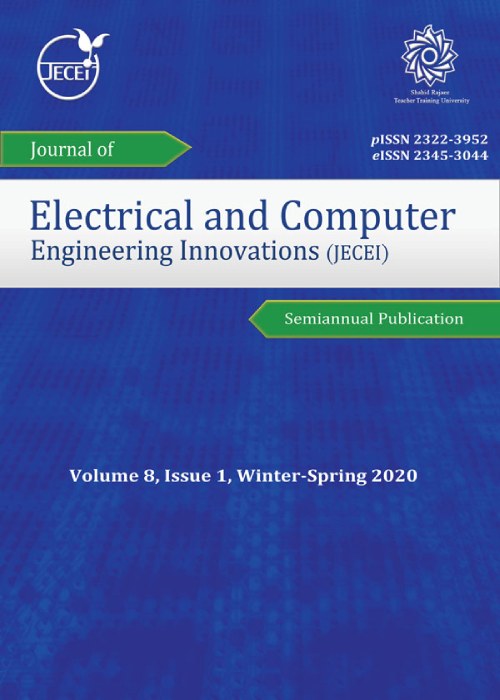Designing a new robust control for virtual inertia control in the microgrid with regard to virtual damping
Virtual inertia control, as a component of a virtual synchronous generator, is used for the implementation of synchronous generator behaviour in microgrids. In microgrids that include high-capacity distributed generation resources, in addition to virtual inertia, virtual damping can also lead to improvement of frequency stability of the microgrid. The purpose of the control method for the islanded microgrid is to be: 1) robust to the uncertainty of the microgrid parameters. 2) Weaken the disturbances on the islanded microgrid (wind turbine, solar cell, Loads). 3) Improved response speed related to microgrid frequency deviation (reduced settling time). Methods In this paper, designing a new robust control method for controlling virtual inertia in microgrids, with regard to virtual damping, has been attempted. The proposed method has a higher degree of freedom compared to the conventional robust controllers, which provides better control of the system.
Results of the proposed method for virtual inertia control with regard to virtual damping has been compared in several scenarios –with virtual inertia control based on optimized PI controllers with regard to virtual damping, virtual inertia control based on model predictive control (controller) with regard to virtual damping,Self-adaptive virtual inertia control using fuzzy logic, virtual inertia control with regard to virtual damping, and virtual inertia control without virtual damping (conventional methods). Compared to other control methods, the proposed controller has improved the settling time due to the frequency deviations of the islanded microgrid by 27%. According to the results of the scenarios, the proposed controller has been able to reduce the frequency error due to load and distributed generation resource disturbances and compared to other controllers, and this frequency deviation has been reduced by 68%.
According to the simulation results, the proposed controller has a better performance than other controllers in improving the frequency stability of the islanded microgrid..The author(s). This is an open access article distributed under the terms of the Creative Commons Attribution (CC BY 4.0), which permits unrestricted use, distribution, and reproduction in any medium, as long as the original authors and source are cited. No permission is required from the authors or the publishers.
- حق عضویت دریافتی صرف حمایت از نشریات عضو و نگهداری، تکمیل و توسعه مگیران میشود.
- پرداخت حق اشتراک و دانلود مقالات اجازه بازنشر آن در سایر رسانههای چاپی و دیجیتال را به کاربر نمیدهد.


